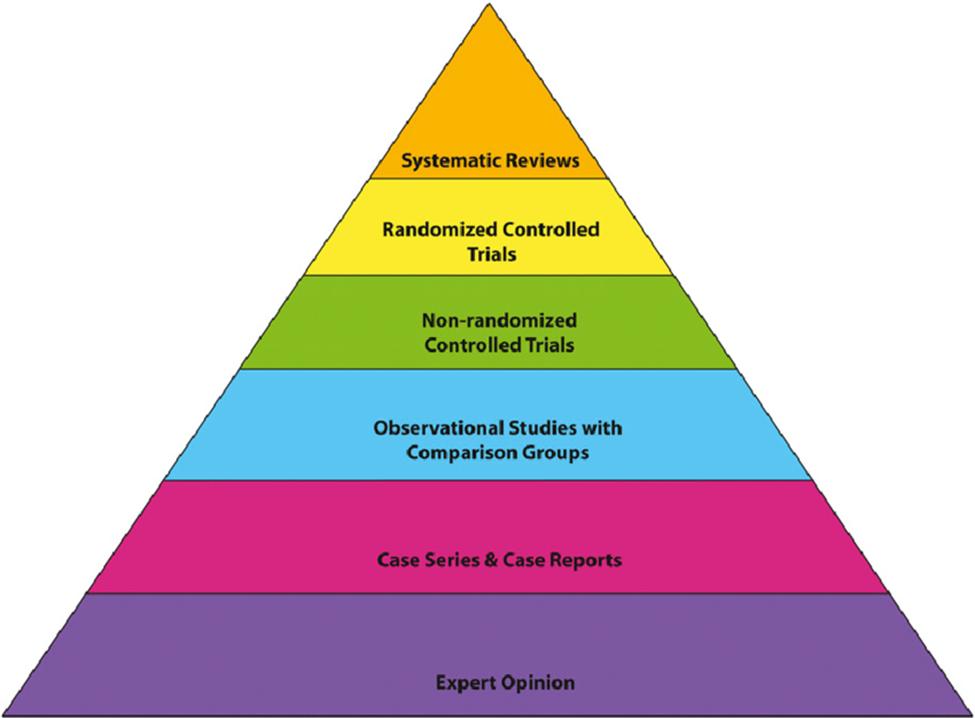A nurse is caring for a client who is at the end of life. Which of the following interventions is most effective in reducing the client's social isolation?
Encourage family members to call the client.
Instruct the client to join an online support group.
Schedule home visits with the client.
Ask the client's friends to text the client.
The Correct Answer is C
Explanation:
A. Encourage family members to call the client: This option focuses on utilizing the client's existing support system, particularly family members, to maintain communication and emotional connection. Regular phone calls from family members can provide comfort, reassurance, and a sense of belonging, all of which are crucial in reducing social isolation, especially during end-of-life care.
B. Instruct the client to join an online support group: This option suggests using technology to connect the client with others who may be going through similar experiences. Online support groups can offer valuable emotional support and a sense of community. However, this approach may not be suitable for all clients, especially if they are not comfortable or familiar with online platforms, or if they prefer face-to-face interactions.
C. Schedule home visits with the client: This option emphasizes personal, one-on-one interaction by scheduling regular home visits. Home visits allow healthcare providers, family members, and other supportive individuals to be physically present with the client, providing not only emotional support but also addressing any physical or comfort needs the client may have.
D. Ask the client's friends to text the client: Texting is a convenient and quick way to communicate, but it may lack the depth of connection provided by voice calls or in-person interactions. While texting can be an additional method of staying in touch, especially for quick updates or reminders, it may not be sufficient on its own to reduce social isolation significantly.
Nursing Test Bank
Naxlex Comprehensive Predictor Exams
Related Questions
Correct Answer is C
Explanation
Explanation:
A. Encourage the client to increase participation in community social activities:
While social activities can be beneficial for overall well-being, including mental and emotional aspects, at the end of life for a client with HIV, the focus shifts towards palliative care and symptom management. Encouraging social activities may not directly address the client's immediate end-of-life needs.
B. Prepare the client to begin highly active antiretroviral therapy (HAART):
Starting or continuing highly active antiretroviral therapy (HAART) may not be appropriate at the end of life. HAART is typically used to manage HIV infection and prolong life expectancy by controlling viral replication. However, at the end of life, the focus shifts towards comfort care rather than aggressive treatment aimed at extending life.
C. Provide routine analgesia to minimize episodes of breakthrough pain:
This intervention is more aligned with the principles of end-of-life care. Providing routine analgesia helps manage pain effectively, which is crucial for improving the client's comfort and quality of life during this stage.
D. Promote client weight gain of one to two pounds per week:
Weight gain may not be a priority at the end of life, especially if the client is experiencing advanced HIV disease or complications. Instead of focusing on weight gain, the emphasis should be on optimizing comfort, managing symptoms, and enhancing quality of life.
Correct Answer is B
Explanation
Explanation:
A. Expert opinions:
Expert opinions are valuable in clinical practice and decision-making, but they are considered a lower level of evidence compared to systematic reviews and meta-analyses. Expert opinions are often classified as Level V evidence in the hierarchy.
B. Systematic review
A systematic review is a comprehensive and rigorous synthesis of multiple studies on a particular topic, and it often includes a meta-analysis that statistically combines the results of these studies to provide a high level of evidence. This type of evidence is considered Level I because it provides a strong foundation for making clinical decisions due to its methodological rigor and ability to summarize findings from multiple studies.
C. Credible websites:
Credible websites can provide valuable information, but they are not classified as Level I evidence. The evidence hierarchy typically places systematic reviews and meta-analyses at the highest level due to their methodological rigor and synthesis of multiple studies.
D. Qualitative studies:
Qualitative studies are valuable for exploring complex phenomena and understanding individuals' experiences, beliefs, and perspectives. However, they are generally considered lower in the hierarchy of evidence compared to systematic reviews and RCTs, which are categorized as Level I evidence.

Whether you are a student looking to ace your exams or a practicing nurse seeking to enhance your expertise , our nursing education contents will empower you with the confidence and competence to make a difference in the lives of patients and become a respected leader in the healthcare field.
Visit Naxlex, invest in your future and unlock endless possibilities with our unparalleled nursing education contents today
Report Wrong Answer on the Current Question
Do you disagree with the answer? If yes, what is your expected answer? Explain.
Kindly be descriptive with the issue you are facing.
